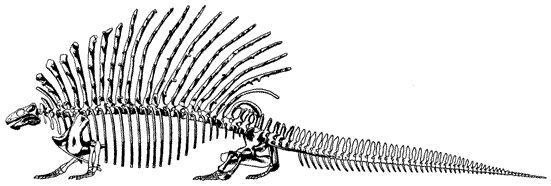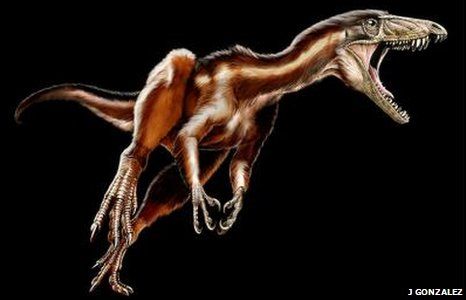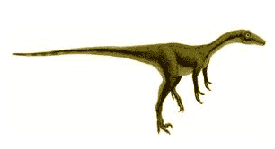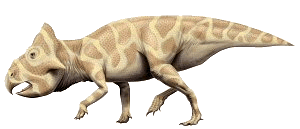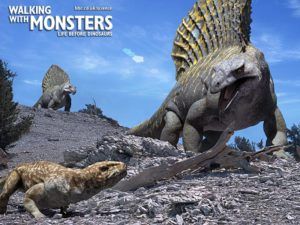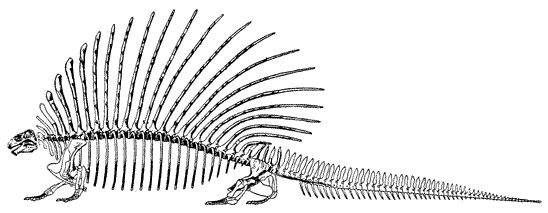 This is Edaphosaurus cruciger. It had a smaller head than Edaphosaurus pogonias but it had taller spines. It probably had only one enemy (dimetrodon) who barely ever attacked it. Edaphosaurus cruciger probably used its sail as a bluffing mechanism, to scare away predators, a radiator, to warm and cool its body and a device tor attract a mate.
This is Edaphosaurus cruciger. It had a smaller head than Edaphosaurus pogonias but it had taller spines. It probably had only one enemy (dimetrodon) who barely ever attacked it. Edaphosaurus cruciger probably used its sail as a bluffing mechanism, to scare away predators, a radiator, to warm and cool its body and a device tor attract a mate.
-
Recent posts
Archive posts
- July 2016
- November 2014
- March 2014
- April 2013
- March 2013
- November 2012
- October 2012
- September 2012
- July 2012
- June 2012
- May 2012
- March 2012
- February 2012
- November 2011
- October 2011
- September 2011
- July 2011
- June 2011
- May 2011
- March 2011
- January 2011
- December 2010
- November 2010
- October 2010
- June 2010
- February 2010
- December 2009
- October 2009
- February 2009


